|
After writing in my last post about the exquisite kinchaku bag I received, I felt like revisiting a book in my collection featuring kinchaku and other bags. This book, called Sashiko no fukuro mono (Sashiko Bags - Amazon Japan affiliate link)), was published by Ondori in 1998 and written by Eiko Yoshida, who you may remember I mentioned before as being my teacher’s teacher. Eiko Yoshida (1922-2002) was born in Honjo, Akita prefecture, and helped created a boom in the revival of sashiko’s popularity in the late twentieth century. Akita sashiko is noted for the use of colorful thin silk thread and single cotton thread, and Eiko herself was apparently born into a family with a Japanese-style clothing business, so perhaps these factors combined account for the sense of style and design she is known for. Ei Rokusuke, a well-known writer, radio and TV personality used to wear a sashiko hanten (padded jacket) stitched by Eiko for stage appearances. You can certainly see an artistic and discerning aesthetic behind the designs featured in this book. She writes in the introduction (p.1): “I created sashiko bags with traditional Japanese patterns and a fresh sensibility. Items made according to the age-old practice of stitching indigo cotton with white thread have a soothing elegance. But these same traditional patterns can give rise to new expression through fabric, thread and design. The beautiful 20cm by 17cm drawstring bag pictured below is ample illustration of that. The next four pages then show 96 design variations for this same bag! The variation in sashiko patterns, colours and arrangements of designs is simply amazing. What a cornucopia to take inspiration from. I admit I haven’t made this bag, but the instructions given on page 36 don’t look too difficult. I make no guarantee, but a skilled seamstress would possibly be able to work out what to do from the diagrams even if you can’t read the Japanese. It requires a piece of cloth 52cm by 19cm, lining 42cm by 19cm, 100cm cord, and thread for the sashiko. If anybody does attempt it, please let me know. Only the design template for the bag pictured on page 1 is given, all the rest you would have to find for yourself, or even better, create your own! There are many other types of bags in this book – shoulder bags, handbags, glasses cases and various types of kinchaku – with to-die for designs and instructions for making (all in Japanese), and after flicking through it yet again, I can feel a bag fetish coming on.
2 Comments
I belong to a group of ten that meets once a month. Our teacher is Ms Chiyoko Nakazaki, who we call Nakazaki Sensei, as you do in Japanese. I know that in some classes the teacher provides the pattern, cloth and thread all cut up and ready to stitch, so that everybody does exactly the same thing, but Nakazaki Sensei’s approach is different. She encourages us all to find our own style and express our individuality through sashiko. However, she always stresses that in order to do this you must know the basics. Each month she gives us one or two different sashiko patterns to study. During the lesson we copy these onto graph paper, then mark up the fabric and begin stitching if time allows. We are free to choose how we want to apply the pattern. Sometimes Sensei gives us a pattern for a bag, tissue box cover or something similar to follow and make up ourselves, or we can choose to do a simple fukin cloth, or use something ready-made. Sewing is my weak point, therefore whenever possible I like to find ready-made items so I can spend more time stitching and less time fussing around with a sewing machine. According to Sensei, sashiko is all about mathematics, and if you can get the pattern right on paper first, you can apply it to anything. I’ve found that drawing patterns onto graph paper over and over really gives insight into how they are formed, which makes it easier to create variations, or adjust the proportions.
While working on drawing up patterns during the lesson we show each other the pieces we’ve made up since the previous month, look at examples of Sensei’s own work that she brings in for us to see, and exchange information about sashiko topics in general. At the end of the two-hour lesson, we finish up with a cup of tea and something sweet (always a delicious treat) and chat for a while. Once a year our group exhibits in a local art exhibition, and last year we also held a solo group exhibition for the first time. Sensei herself studied under the now deceased Eiko Yoshida, a major influence in modern sashiko and author of many books whom I’ll write about in another post. Eiko Sensei’s students and followers are now led by her inheritor, Kumiko Yoshida, and in my next post I’ll introduce a recently published book featuring their work. Thank you for all your kind comments so far. I enjoy reading them! |
Watts SashikoI love sashiko. I love its simplicity and complexity, I love looking at it, doing it, reading about it, and talking about it. Archives
September 2022
Categories
All
Sign up for the newsletter:
|

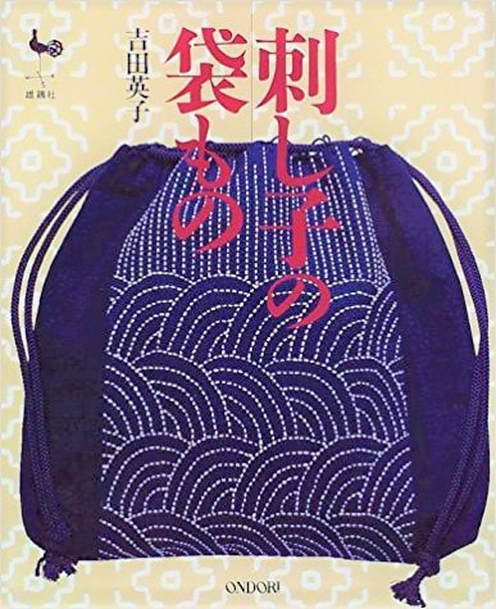
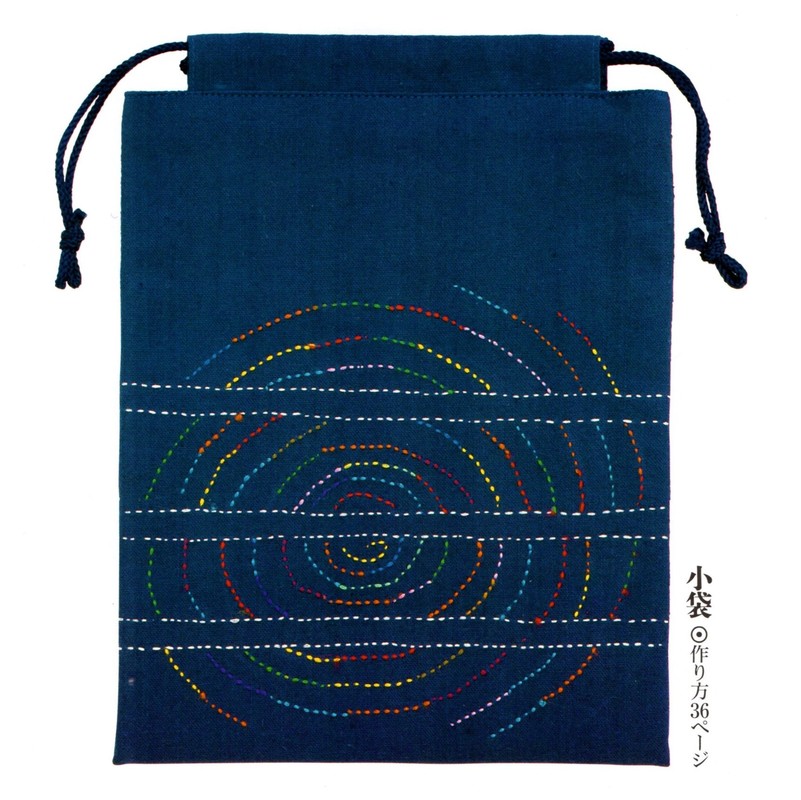
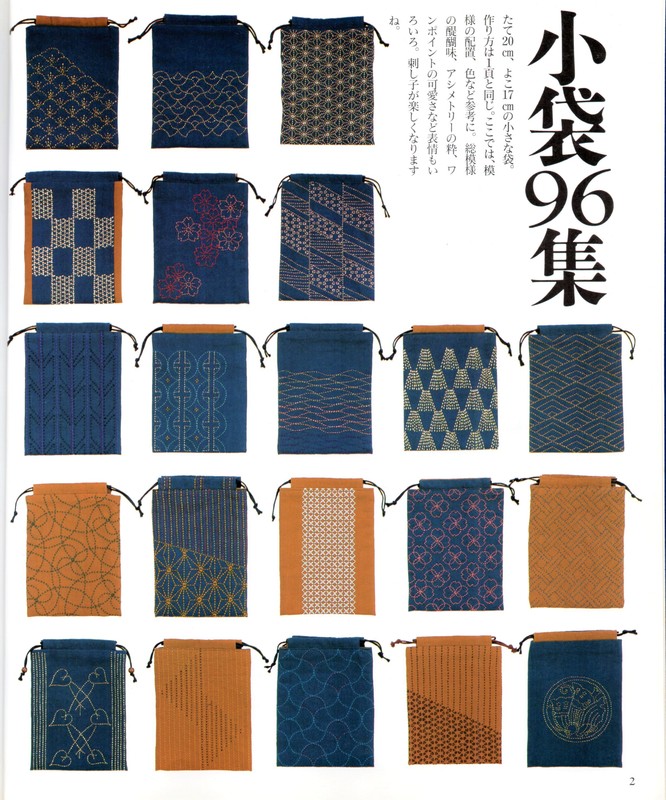
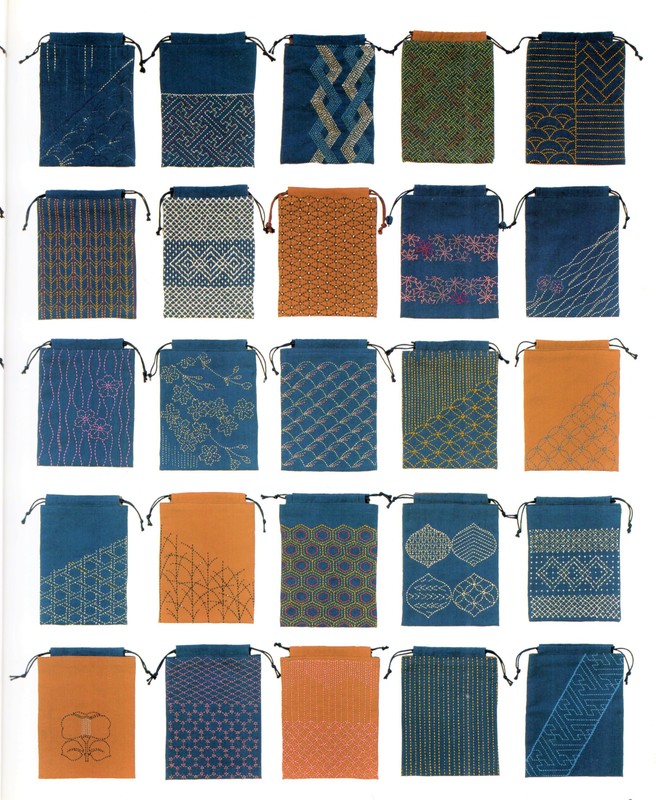
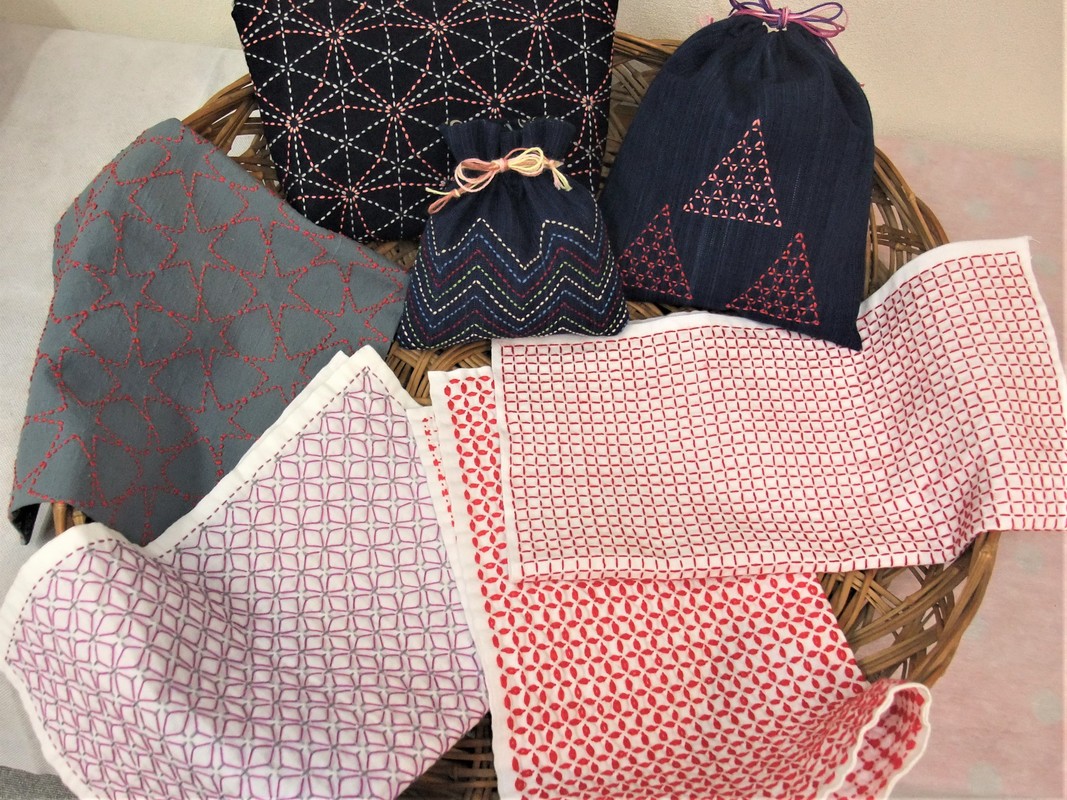
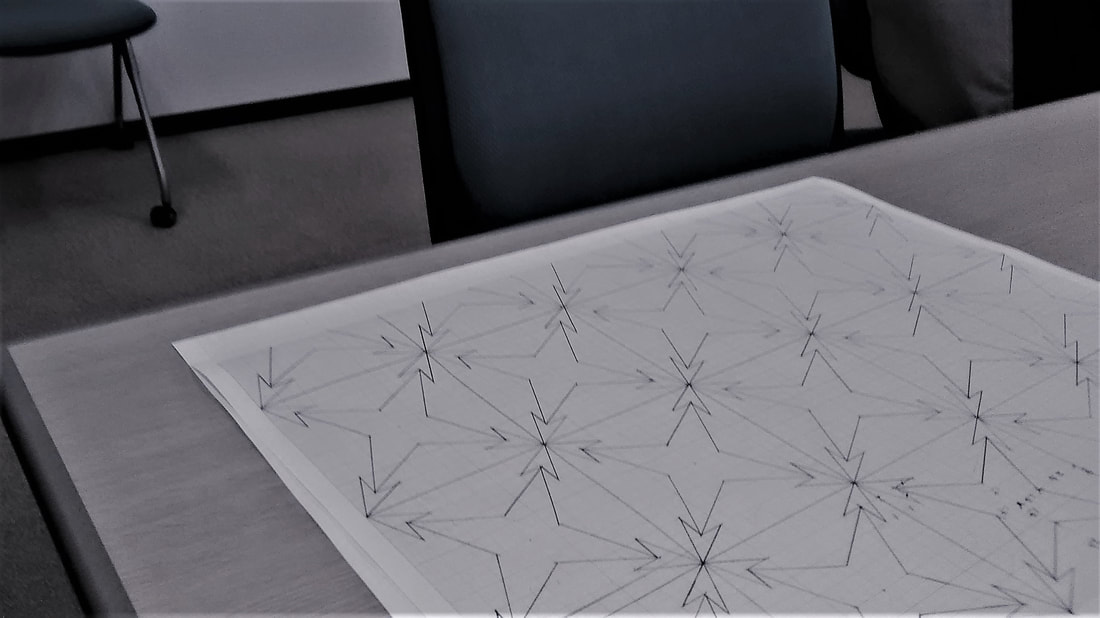
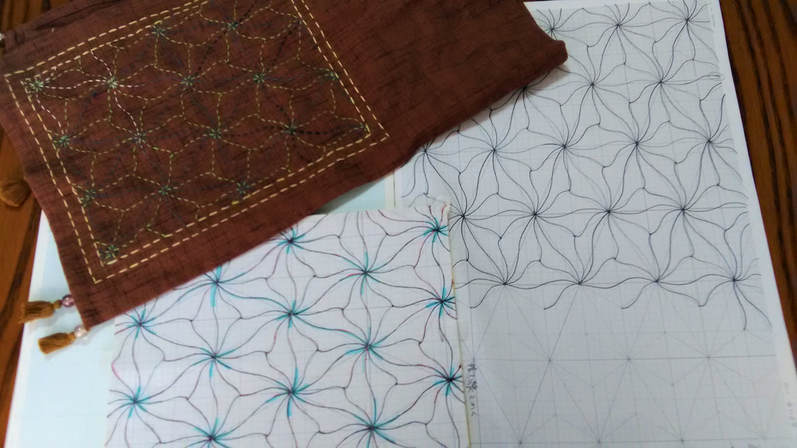
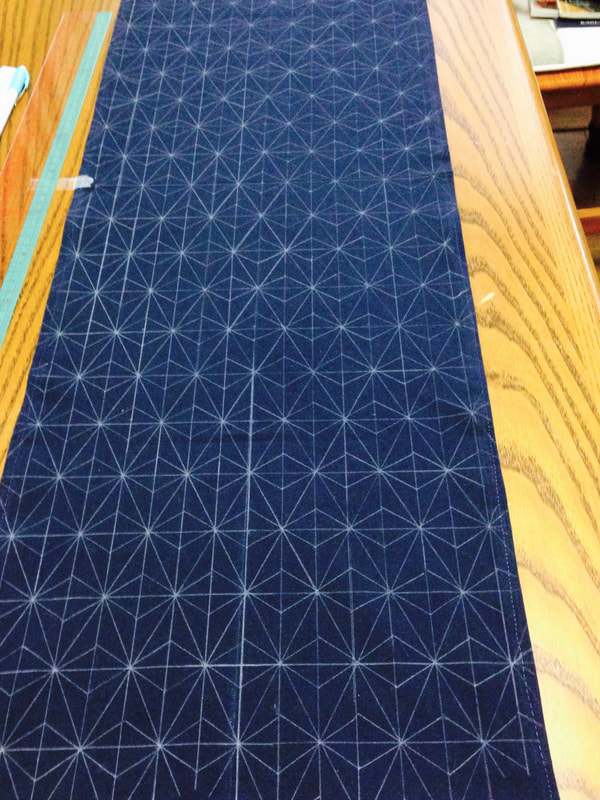
 RSS Feed
RSS Feed



